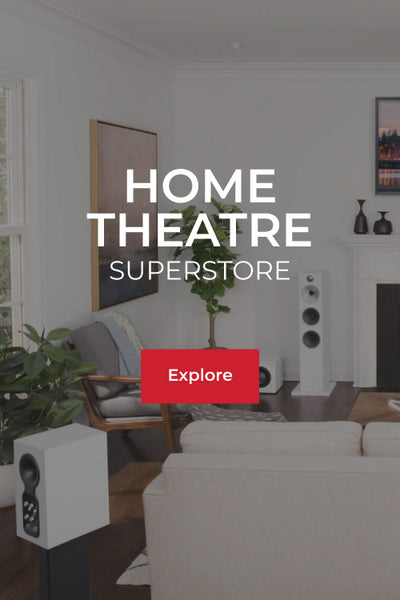
What are Anamorphic Lenses?
Every camera we use today is a sum of similar components. These components all work together to be able to capture the light emanating from the subject and record the same as an image using a sensor or film. A lens is the component of the camera that captures this light. There are primarily two kinds of lenses used to shoot a scene/movie or frame a picture, namely, Spherical lenses and Anamorphic lenses.
To understand the difference between a Spherical Lens and an Anamorphic lens, we need to first understand Aspect Ratio. In brief, Aspect Ratio is the ratio between the size of the dimensions of a geometric shape. When we look at Aspect Ratio with regards to an image, it is the ratio of the width of the image to the height of the image. Since the beginning of photography and television, we have used different Aspect Ratios to change the composition and framing of an image. These subtle changes either add or retract from the image depending on how they are used. The most widely used Aspect Ratios are 4:3, 16:9 and 2.35:1. 16:9 and 2.35:1 have now become a standard in cinema as it allows for a much wider field of view. Spherical lenses are used to to achieve more square aspect ratios like 4:3 while Anamorphic lenses are used to achieve wider aspect ratios like 16:9 and 2.35:1.
Our televisions, smart phones, tablets, etc. all have screens through which we can consume media. Each of these devices’ screens also have their own Aspect Ratios. To understand this better, let us consider our televisions that are primarily 16:9. We have all seen black bars in our television while watching a show or movie. These black bars could either be horizontal or vertical depending on the content on the screen. We find that Aspect Ratios like 4:3 would have vertical black bars while content having an Aspect Ratio of 2:35:1 would have horizontal black bars. Since both of these cases end up with a compromised image on screen, we would certainly prefer experiencing the content without these black bars.
Just like we saw how Anamorphic lenses are used to film/shoot for a wide field of view, we also have projectors with Anamorphic lenses that help us view content at the original Aspect Ratio of 2.35:1. These projectors are a little more expensive compared to regular projectors that have Spherical lenses that offer 4:3 and 16:9 Aspect Ratios. These projectors that are equipped with Anamorphic Lenses help us experience the wide field of view and the inherent immersion of the media consumption experience to give us the best visuals.




